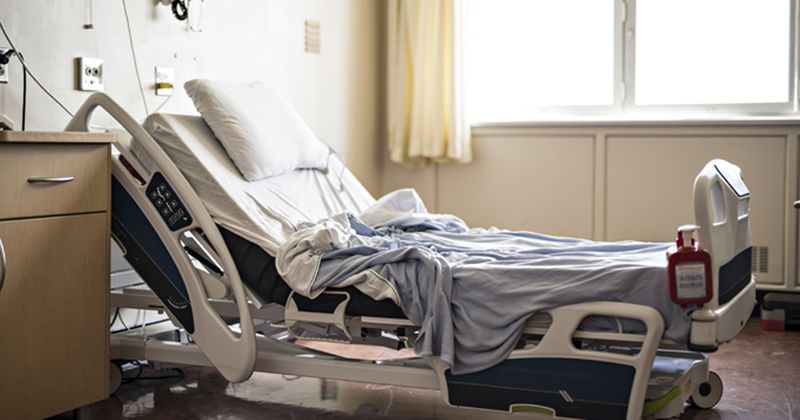Hospital linens identified as potential route of contamination in mucormycosis outbreak
Click Here to Manage Email Alerts
Shortcomings in hospital linen reprocessing, delivery and intake were identified as a potential route of contamination in a health care-associated mucormycosis outbreak reported in Arkansas.
“This investigation and analysis was prompted when CDC was contacted by the Arkansas Department of Health due to concern about a recent increase in mucormycosis cases among patients with hematologic malignancy at a large acute care hospital in Arkansas,” Alexander Jordan, MPH, global health coordinator in the CDC’s Mycotic Diseases Branch, told Healio. “CDC supported the Arkansas Department of Health and the hospital to investigate potential causes of this increase in mucormycosis and advised them on actions to take to prevent additional cases from occurring.”

To best assess the outbreak and potential causes, Jordan and colleagues collected data from patients in the Arkansas hospital who were diagnosed with invasive mucormycosis between January 2017 and June 2021.
The researchers used these data to calculate annual incidence of health care-associated mucormycosis (HCM) — defined as mucormycosis diagnosed within 7 or more days after hospital admission — and performed targeted environmental assessments, including linen sampling at the hospital, to identify potential sources of infection.
During the outbreak period, 16 patients had HCM with hospital-wide HCM incidence per 100,000 patient-days, increasing from zero in 2018 to three in 2019 and six in 2020. The outbreak included cases from seven units of the hospital, including multiple ICUs, hematologic malignancy, multiple myeloma and trauma wards.
According to the study, more than half of the patients with HCM in this outbreak had hematologic malignancies (56%) with other commonly reported comorbidities in HCM patients being traumatic injury (38%) and diabetes (31%).
HCM cases were not epidemiologically linked by common procedures, products, units or rooms; however, the investigation showed that at the hospital and its contracted offsite laundry provider, “suboptimal handling of laundered linens” and “inadequate environmental controls” to prevent mucormycete contamination were observed.
An example of the effects of this was Rhizopus being detected on nine (9%) of 98 linens sampled at the hospital, including on linens that had just arrived from the laundry facility.
“The results of this investigation showed that large outbreaks of mucormycosis, with varying clinical presentation, can occur in hospitals and that patients can be at risk even if they don’t have immunocompromising conditions,” Jordan said. “It is critical for clinicians and laboratories, especially those serving immunocompromised or otherwise severely ill patients, to have awareness of the varied clinical presentations of mucormycosis and the capacity to rapidly identify and treat patients with mucormycosis.”
Jordan added that implementing routine surveillance for invasive mold infections, including mucormycosis, would allow hospitals to rapidly identify and respond to outbreaks.
“Hospital infection prevention staff should be aware of offsite and onsite health care linen reprocessing and intake procedures and have processes in place to ensure that health care linens are not exposed to conditions which could contaminate them before they reach patients,” Jordan said.
